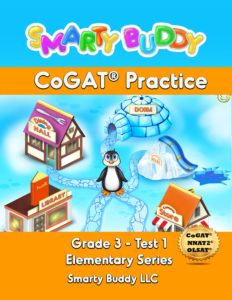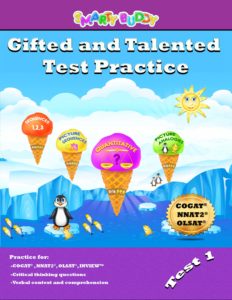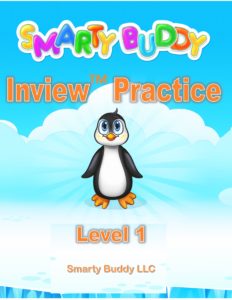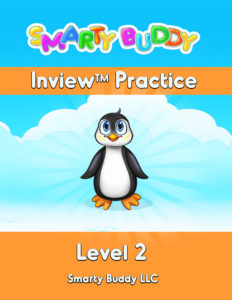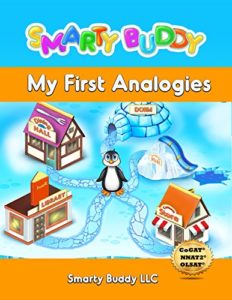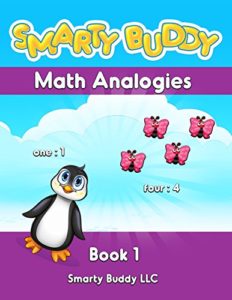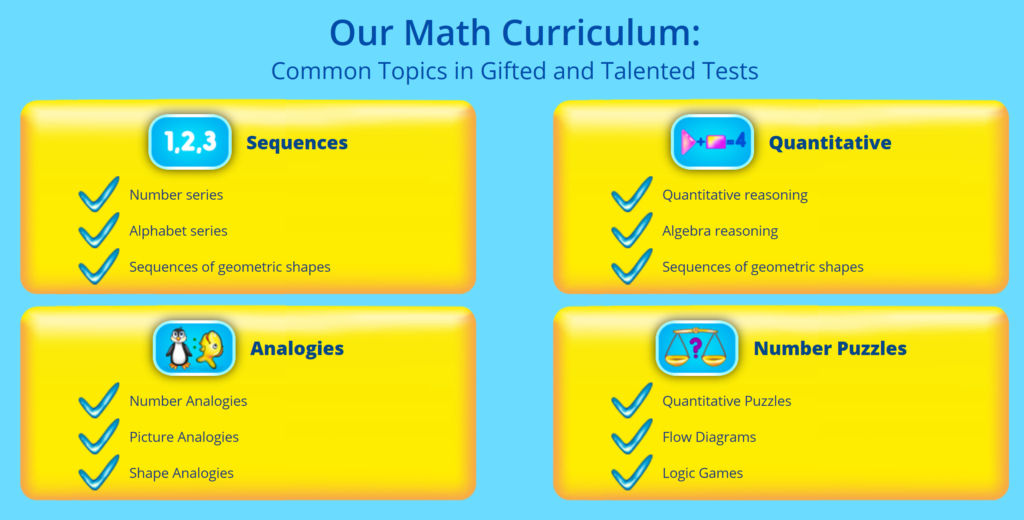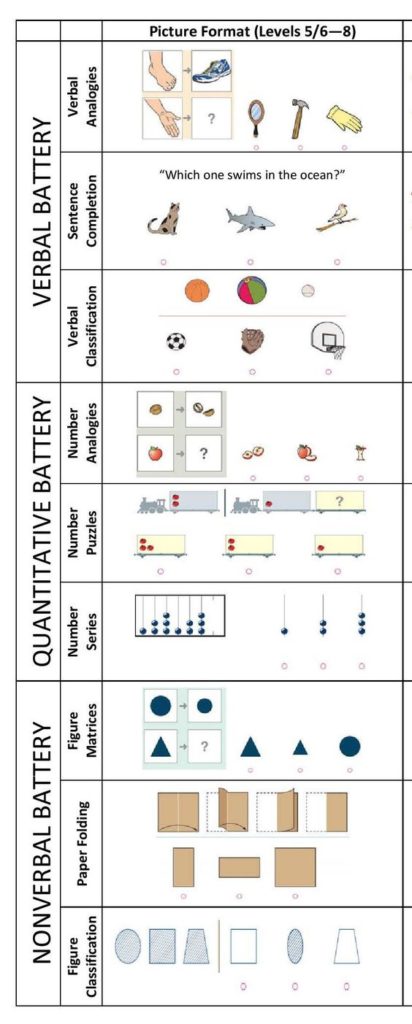The official National Geographic Bee started in 1989, a time when the world was changing rapidly. Today, over ten thousand schools—12% of the nation’s total—and approximately four million students participate.[1] With such stiff competition, the eventual winner will have to be prepared!
Gather your materials. You will need a world map, an atlas, a geography textbook, and blank map outlines to practice labeling. There are also books dedicated to succeeding in the bee itself. Make sure that all of your materials are up to date.
- Since many people no longer rely on maps to get where they need to go, reading and understanding one may not come naturally to you. Make sure you know what you are looking at, how different features are represented, and what the map can tell you.
- Physical geography describes the Earth’s physical landscape, including its seasons, climate, soil, water, and land. It also takes into account how human have changed these systems. Climatology, for instance, is a part of physical geography that looks at both the natural world and human behavior.
- Human geography is even more interested in humans both affect and are affected by location. It explores where people live and why, as well as how people’s behavior affects those living both around them and across the globe. It also focuses on how beliefs and behaviors travel from one area to another.
- Geographic techniques involve different ways of describing and representing the Earth’s landscape and processes. Cartography (map making) has long been an important geographic technique, but today the field also involves data culled from satellites and analyzed by sophisticated computer programs.
- Regional geography involves characteristics of the other categories, but its practitioners focus their attention on a specific region. A regional geographer will use different geographic techniques to study the landscapes and people of their chosen region, be it a continent or a city.
Pay attention to the news. Although the earth’s features usually change slowly, national borders, international relations, and scientific knowledge can change very rapidly—sometimes overnight. Know that any of these developments are fair game in the bee.
- Newspapers, radio, television, and the Internet are all good sources for news, but make sure your sources are reliable. Consume a wide variety of sources to make sure you are getting the most comprehensive picture possible.
Learn from previous years’ competitions. This will help you learn the kinds of questions to expect and where to focus your studying.
- Talk to older students who participated in the bee. What was their most effective study habit? What do they wish they had done differently? Take their advice into consideration when planning your own preparation.
- However, don’t think that you can just focus on the same subject areas as other people. Talking to them can give you a sense of the level of detail exam runners will be looking for, but not the content. You’re on your own for that!
- Emulate previous years’ winners. 2015 winner Karan Menon has said that he studied for at least one or two hours per day. He also stressed the importance of using different kinds of sources and studying all aspects of geography, including current events.[3]
- Recruit a parent or other adult to quiz you on bee questions. They will probably be learning something, too.
- If you are studying with a group of friends, stage mock bees. Try to mimic the conditions of the bee as closely as possible. The friendly competition will give you practice answering questions under pressure.
Q & A: What kind of questions will the judges be asking me?
The questions change every year. Remember your capitals, bodies of water, mountain ranges, and mountains, as well as currencies and demographics.
What should I study for the geography bee?
Know the locations and facts about countries, cities, capital cities, continents and major bodies of water.
What if you study a lot, and lose the school bee?
That’s okay. A lot of people are going to study a lot, but only one person can win. Just do your best and accept it if you don’t win.
Where is the national geography bee located?
Washington DC, at the National Geographic headquarters.
*Source: Wikihow, 2019



